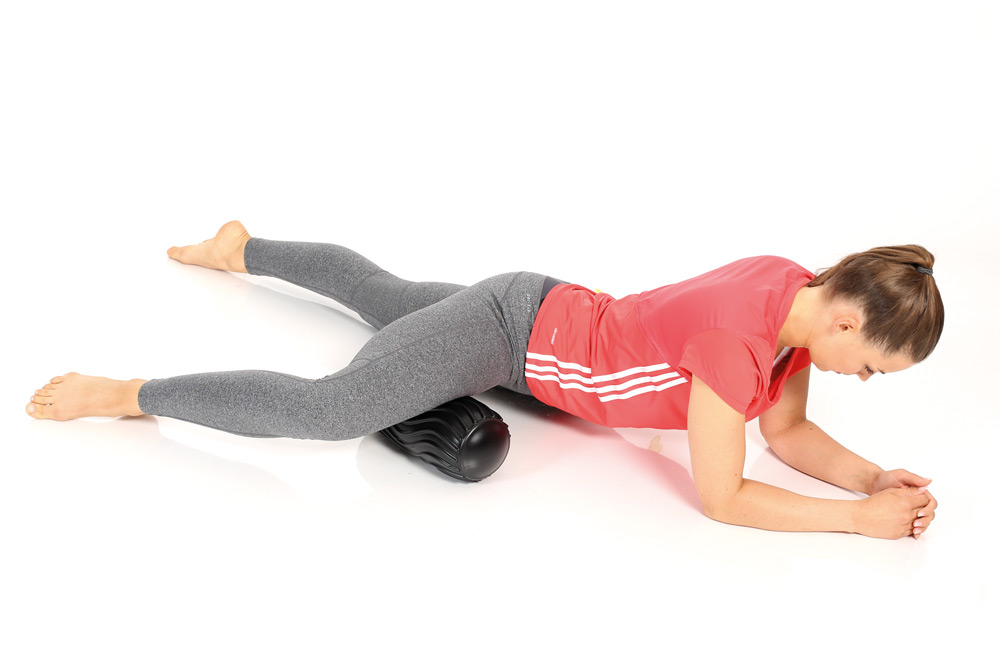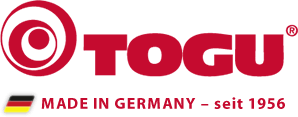Text: Gerhard Flammersberger
The term ‘fascia’ is Latin and means ‘band or sheaf’. These milky, white skins surround the muscles, bones, organs and nerves. The fascial tissue consists of, among others, collagen fibres, water and different adhesives. This combination ensures elasticity and smoothness. Organs and muscles can therefore be moved easily and smoothly.
Let’s have a look at the fasciae in terms of different areas:
Lymph
Lymph is drained, thanks to the fasciae. Lymph contains fibrinogen as a dissolved substance (coagulation factor) which, in combination with ATP, can lead to fibrin coagulation and therefore to intense adhesion of the fasciae. (Prof. Dr. med. Paulini, Ulm & Mainz University)
Nerve fibres
Fasciae are interspersed with nerve fibres and they have a direct connection with the vegetative nervous system. They can be described as the ‘outpost of the autonomic nervous system’. The autonomic nervous system controls vital functions such as breathing, digestion, the heart etc.
The psyche
A person’s emotional state has a significant impact on the tension of the fasciae. A calm state ensures a relaxed basic tone, whereas stress increases it, with the consequence that, during an increased state of stress, injuries are more likely.
Flexibility
Flexibility also depends on the fasciae’s state of stress.
Surgery, resting and unfavourable stress hardens the fasciae. The stretchy elastin contents decrease and the tough collagens increase. The result is increased pressure on the joints and intervertebral discs. Reduced smoothness of the fibres increases friction.
Strength
Strength comes from the fasciae – fasciae generate strength via tensile stress and relay it to the rest of the body. Muscles intensify this strength many times over. The more elastic the fasciae are, the more power transfer (energy-return effect) can take place.
Perception
The fasciae are the largest sensory organ. The largest number of receptors is within the myofascial system (6x more in the fasciae than in the muscle). The body’s perception comes from these receptors.
The body shape – figure
Fasciae shape our body. They are the unchangeable basic matrix that adapts to different strain on the body (pregnancy).
The body
Fasciae connect the whole body. An agglutinated calf fascia often pulls across the leg to the back and sometimes even into the shoulder.
Therapy
The structure of the fasciae can be treated. The focus of fascia treatment is on dissolving (lysis) adhesions (e.g. FDM). The Actiroll by TOGU is perfect for this because it is the only roll on the market that can be adjusted to the sensitivity of the patient using individual air filling. Using the Actiroll, stretch positions can be held for longer, the spine is mobilised perfectly and the blockage dissolved.
Training
During fascia training, the main movement is rolling. By activating the neurotransmitters, which will still circulate 4 to 8 hours after using the roll, excess collagen is broken down (Dr. Schleip). During the rolling movement, the tissue is wrung out with the result that nutrients are introduced to the tissue via capillary forces.
– Slow rolling against stiffness and pain
– Fast rolling to stimulate the fascial tissue
If there is pain after training, it should be called ‘fascial pain’.
Finally, please find various contra-indications for fascia treatment below as well as for fascia treatment with the roll:
Please do not use the roll in case of redness, swelling and acute pain as well as varicose veins (strict contra-indications). Please also do not use it in case of existing “soft” contra-indications such as rheumatic illnesses, tumour diseases, joint replacement, pregnancy, osteoporosis, fibromyalgia and when taking anticoagulants.

– Slow rolling against stiffness and pain – Fast rolling to stimulate the fascial tissue









